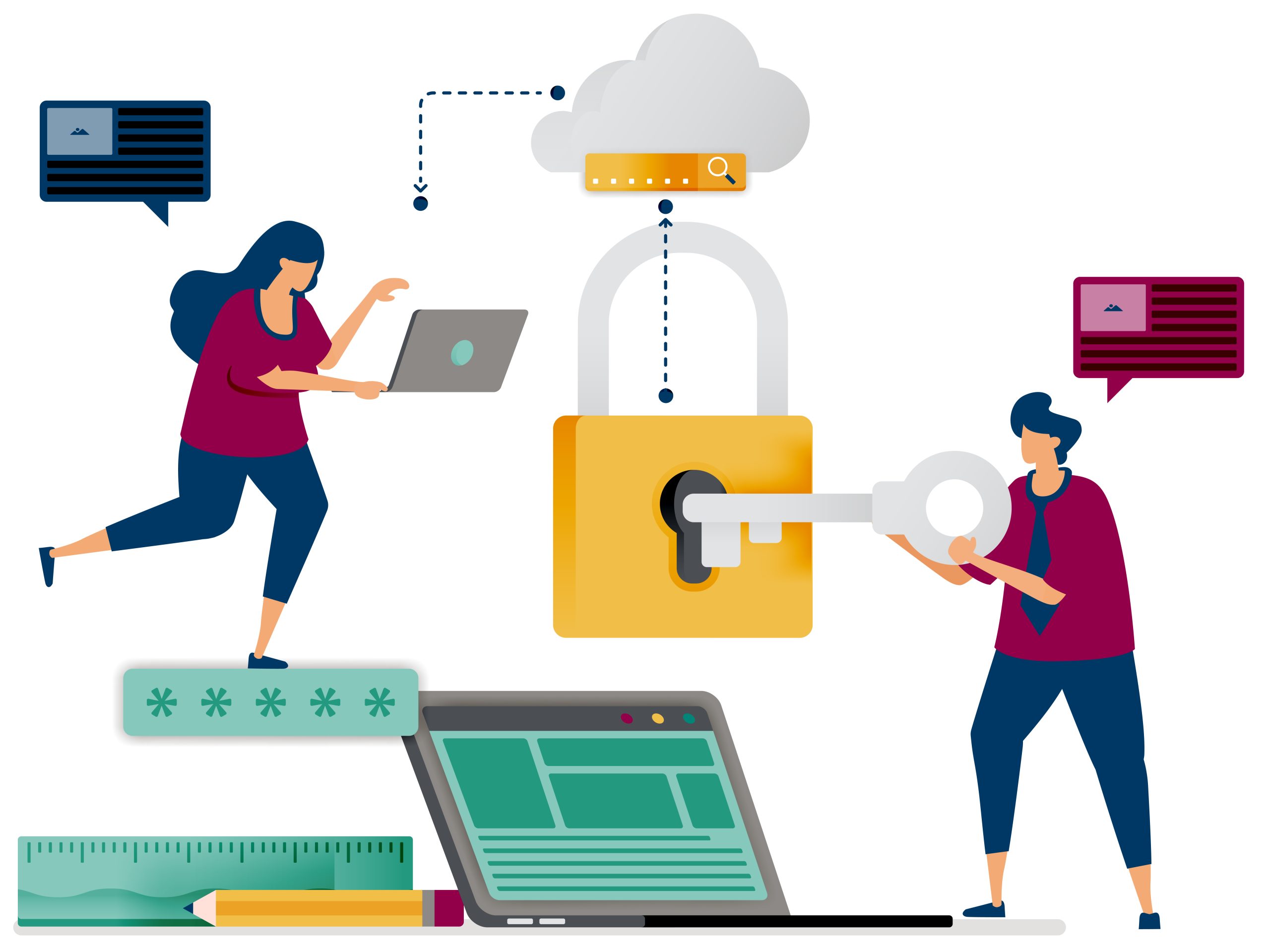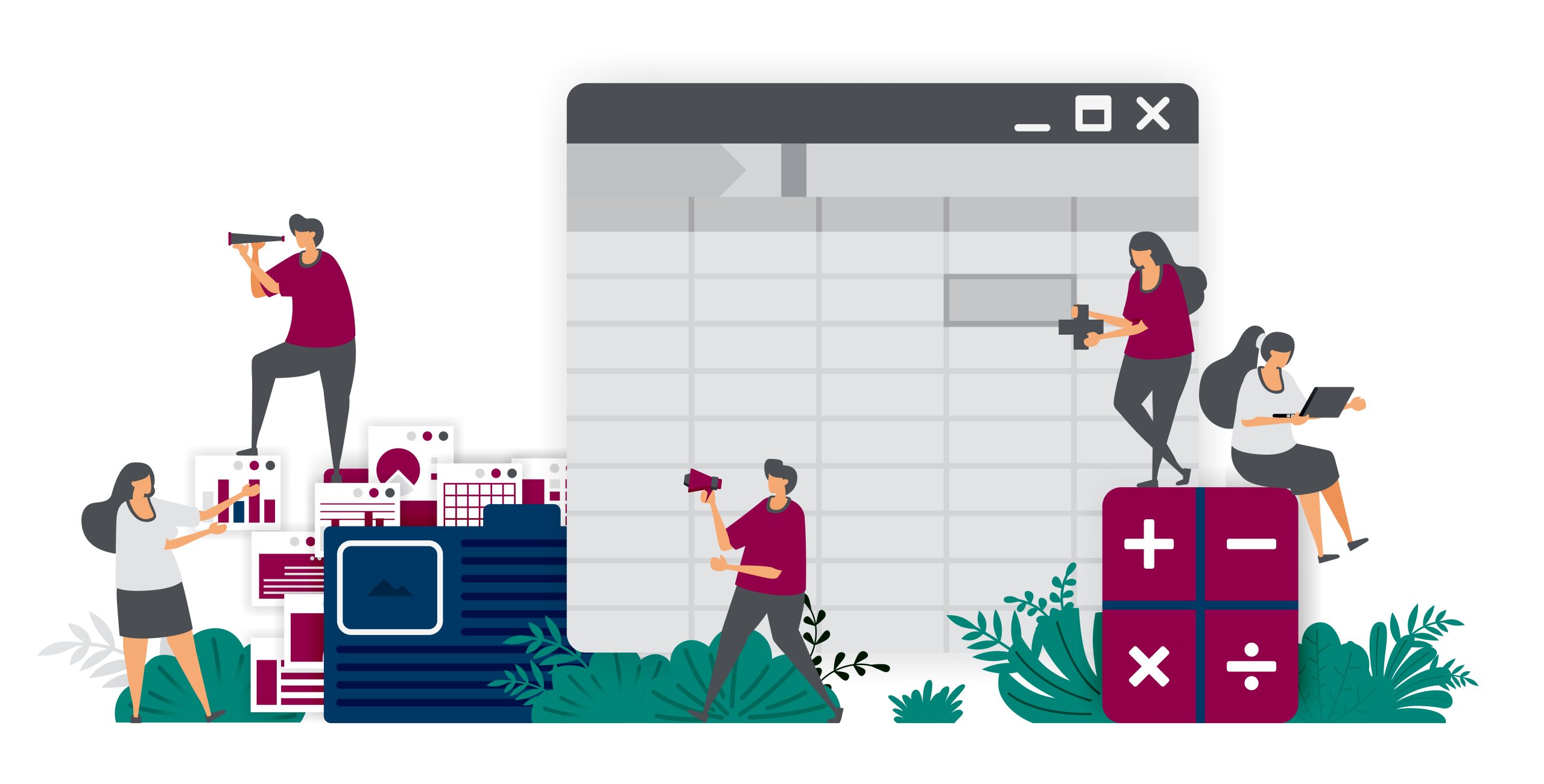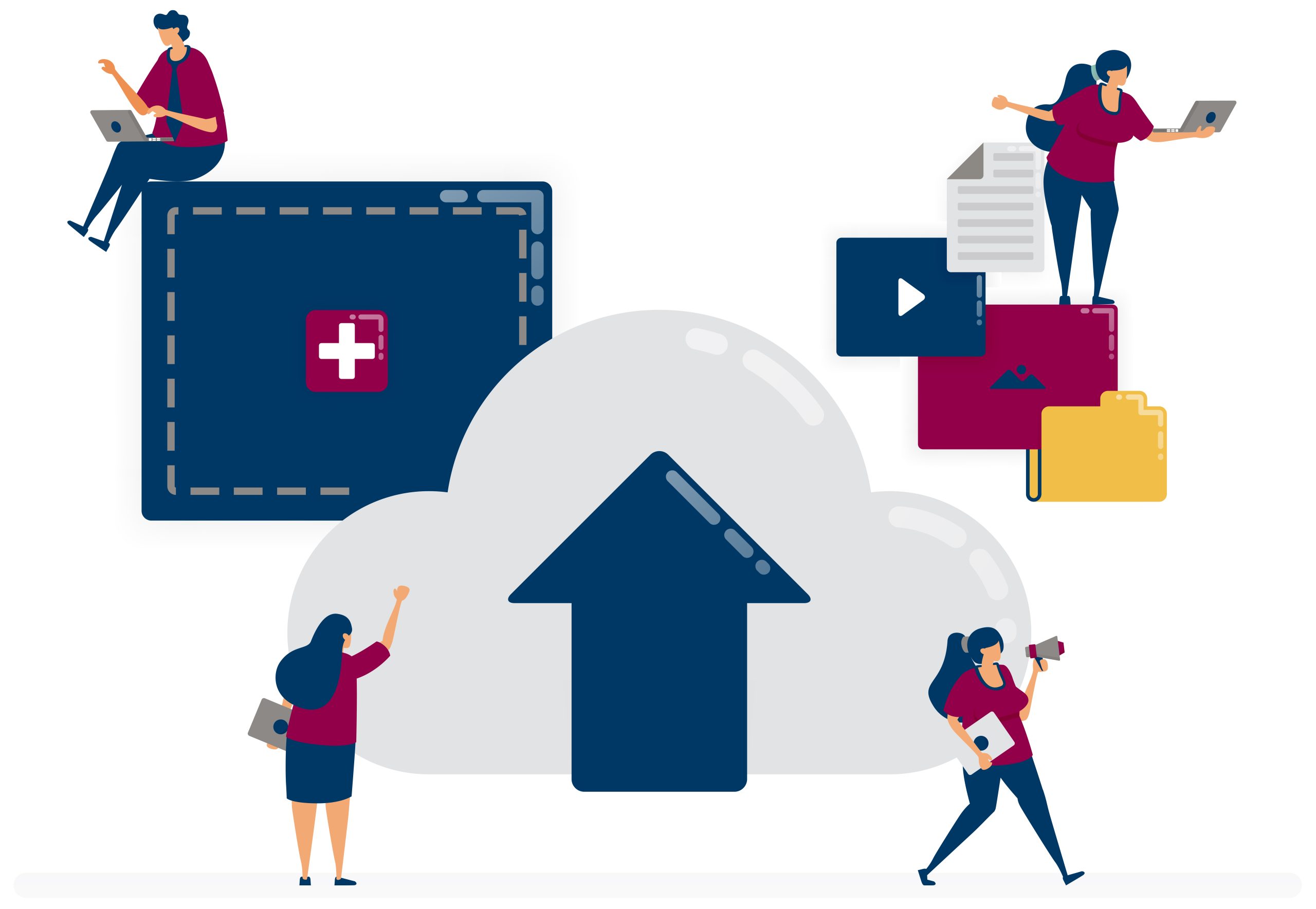Cybersecurity Is A Top Concern for Power and Utilities
Blog post
Share
The power and utilities industry has seen the effects of many trends caused by COVID-19. For example, residential electricity consumption has surged, while commercial and industrial (C&I) has plunged and the electric load has deurbanized. Many utilities companies have suffered while others have been able to plan for M&A growth. Like in every other industry, 2020 has been a year of unexpected changes and has forced organizational leadership to make difficult choices.
While there were challenges, power and utilities organizations have also been able to demonstrate their reliability, as they continue to power essential businesses such as hospitals and grocery stores, and the dispersed workforce of employees across the globe who continue to work from home. However, the criticality of power and utilities — as well as the interconnected nature of their infrastructure — creates an attractive target for cybersecurity attacks.
A recent report released by GlobalData reinforces that cybersecurity is at the top of the agenda for power and utilities organizations.

The impact that came with COVID-19 was accompanied by a rise in cyberattacks, particularly in the power and utilities sector, and that threat will only continue to be a challenge in the future. Power and utilities organizations are looking at ways to be proactive in their cybersecurity focus.
Mitigating Risk by Safeguarding Financial Data
Not only are power and utilities organizations tasked with keeping critical infrastructure protected against cyberattacks, but all their customers’ personal data as well. This is especially important as finance and accounting teams continue to complete the close cycle, and the resulting financial reporting, from virtual work environments.
Data integrity encompasses two critical components:
- Accuracy of the financial information
- Appropriate access to the data
Accountants, being sensitive to risk, tend to focus on the accuracy component, but considering the access element is equally important, especially in a remote work environment. Derick Schaefer, Trintech’s Chief Technology Officer, had this to say in a webinar about cybersecurity as it relates to companies’ audits:
“In this new world, there are certain controls that we’ve had in place and rely upon that are out the door, essentially, when it comes to these work from home environments. For example, door card readers for lock up and storage of sensitive information… we don’t have those. In this new world, I think it’s really important to ask questions and partner with your auditor to ask about your controls, how you need to shift those and what you need to do, whether it be from a forensics perspective, or just simple logging of where data is, who’s accessing it and can we attest that it’s been in a secured environment.”
Setting proper IT and finance controls and adhering to cybersecurity best practices are both preventative risk measures that power and utilities will need to continue to focus on in the upcoming year.
Financial Transformation Alleviates Cybersecurity Risk
One of the biggest cybersecurity risks for organizations is their on-premises data environments. Studies have shown that attacks on on-premises hardware tend to be more successful than on the Cloud. Not only that, but on-premises hardware requires more upkeep and cost on the organization’s part, while a Cloud provider upkeeps the framework and must adhere to certain data security regulations.
The traditional finance and accounting tools, that rely on spreadsheets and manual processes, also represent a significant risk for power and utilities’ Office of Finance. Spreadsheets offer almost no oversight into who accesses and edits spreadsheets, and it’s a sad fact that almost 40% of company fraud is committed internally.

Not only that, but spreadsheets and manual processes negatively affect the other component of data integrity: accuracy. Both of these approaches require significant amounts of human intervention which is proven to decrease the accuracy of data used throughout financial processes.
Moving beyond spreadsheets and looking to solutions that provide industry-leading, secure environments for data both internally and externally is effective protection that power and utilities organizations can take.
Undertaking a financial transformation project should be a priority for power and utilities organizations, whether they are in a position to look at M&A growth or need to strengthen their financials.
Financial transformation projects with a solution such as Cadency by Trintech allows organizations to leverage advanced automation technologies and Artificial Intelligence (AI) to proactively prevent risk and capitalize on areas of opportunity in the market.

Trintech also adheres to strict industry-standard and regulatory security standards to protect data against regulatory violations and cyberattacks. The power and utilities sector is heavily regulated and can rely on Cadency to keep their organizations’ data compliant as well as protected.
Partner with Trintech to produce more accurate, reliable financial statements, and keep your information secure. Learn more about Trintech’s compliance approach for the Office of Finance.
Written by: Ashton Mathai







